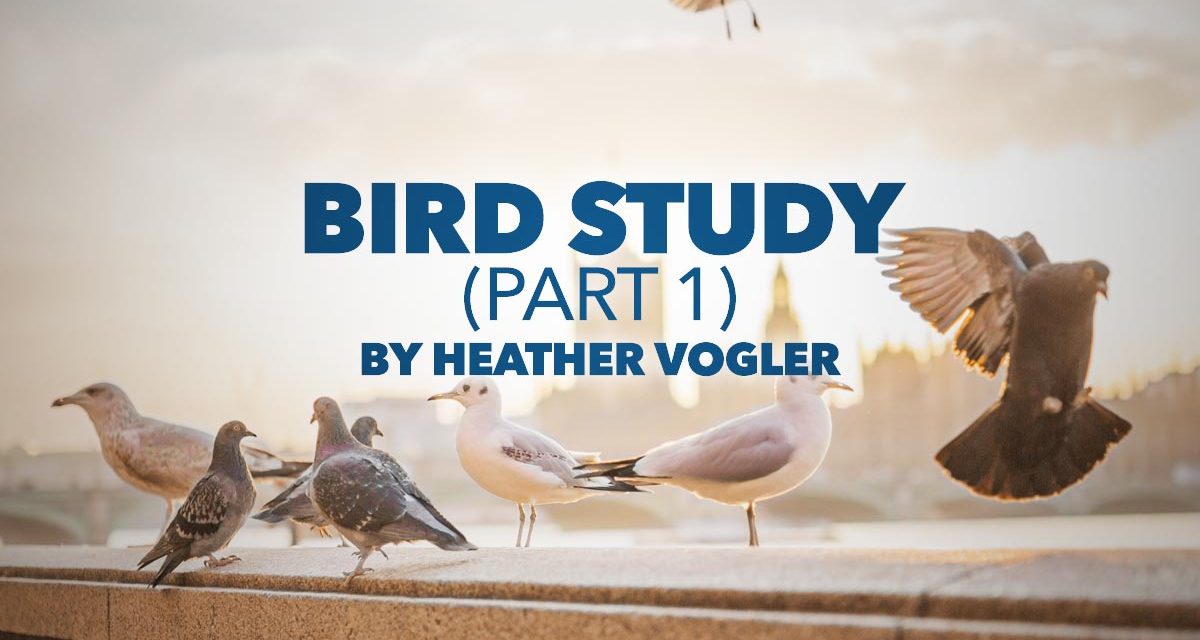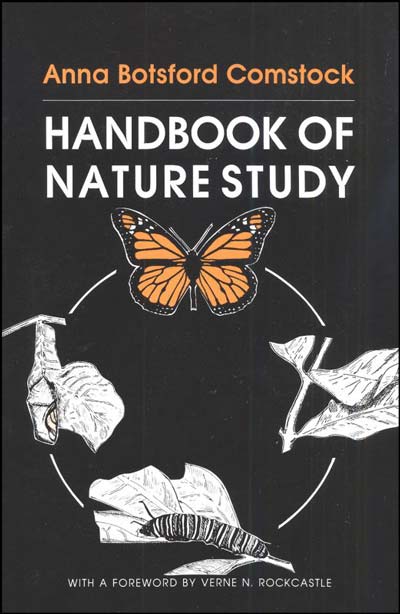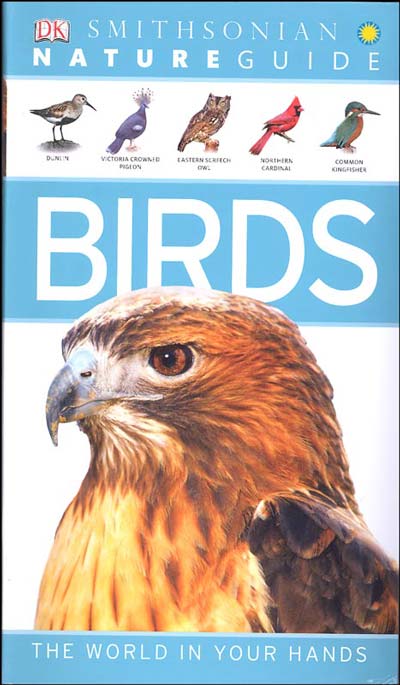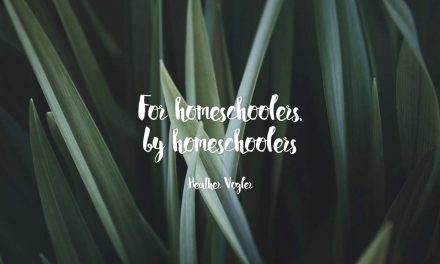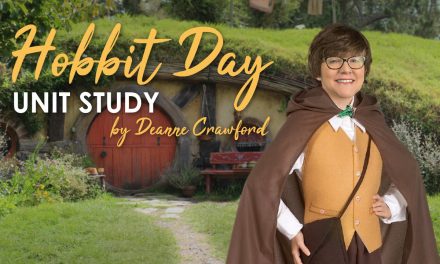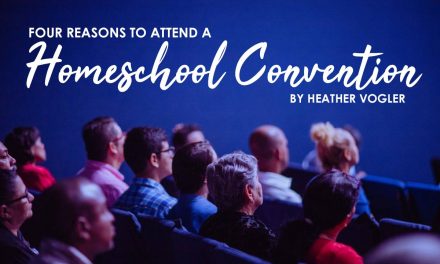My husband had three great-aunts who, in the first half of the twentieth century, were raised in a mansion. Well educated, cultured and highly artistic, they made full use of their time. Once two of them passed away, the remaining aunt found a smaller home nearby and moved all her belongings there. Filled with antiques, art supplies, kilns, and books, my husband grew up here while his mom cared for her. He and his brothers spent countless hours scavenging through the treasures left behind. Before all the belongings were auctioned off, my husband and I took what was of interest to us.
Knowing that I wanted to homeschool once we had kids, I snagged every educational book that I could find. Most of the books I grabbed were written in the early nineteen hundreds and some held yellowed notes left by the original owners of the books. We are still finding random scraps of paper in some of these books revealing how hard working and intelligent his aunts were.
I don’t think that was unusual for the day. Even in their youth, they often times wrote neatly, in cursive and used vocabulary words that I wouldn’t even dream of using. They spent their days immersed in books, nature and the arts since this was pre-television and internet. They gained many skills because they spent their time using their hands, minds and creativity. One journal entry I found, shared a day in the life of these aunts and part of the day included ironing their sheets. Who does that? I have learned so much looking back at how they lived and have been challenged to push both myself and my children further.
One of my favorite finds was Thornton Burgess’ The Bird Book For Children. At first glance, it appeared extremely overwhelming. The vocabulary is challenging and the book is jam packed with information. In this book, you learn about many birds, their field colors, sounds, nests and behaviors. You’ll find forty-five chapters filled with more information than you could ever dream.
Although it seemed overwhelming at first, I decided to try it. If children in the early twentieth century could do it, why can’t we? I figured I would share a large amount of information and hope that they would grasp what they could. And they have!
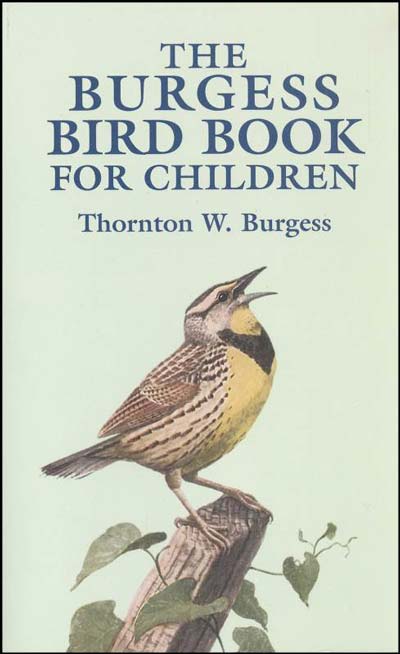
I set aside nine weeks, reading a chapter a day. The fun storyline brings the children into the world of Peter Rabbit, Jenny Wren and all their feathered friends.
In addition, I use, The Handbook Of Nature Study and The Smithsonian Guide To Birds. I share a full color picture from, The Smithsonian Guide To Birds and if the specific bird is mentioned in, The Handbook Of Nature Study, then we will read a bit more about that bird.
Below, I have shared links to photos and bird songs for the first half of the book. Stay tuned for the second half soon!
This resource contains links to third party web sites. These links are provided solely as a convenience to you and are not an endorsement by Rainbow Resource Center.
Chapter One: Jenny Wren Arrives
Chapter Two: The Old Orchard Bully
Chapter Three: Jenny Has A Good Word For Some Sparrows
White-Throated Sparrow
Photo
Song
Chapter Four: Chippy, Sweetvoice And Dotty
Chapter Five: Peter Learns Something He Hadn’t Guessed
Chapter Six: An Old Friend In A New Home
Chapter Seven: The Watchman Of The Old Orchard
Great Crested Flycatcher
Photo
Song
Chapter Eight: Old Clothes And Old Houses
Chapter Nine: Longbill And Teeter
Chapter Ten: Redwing And Yellow Wing
Red-Winged Blackbird
Photo
Song
Golden-Winged Flicker
Photo
Song
Chapter Eleven: Drummers And Carpenters
Red-Headed Woodpecker
Photo
Song

